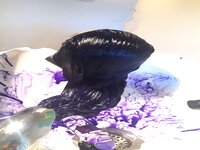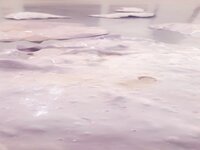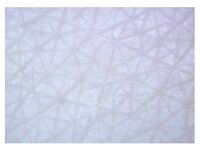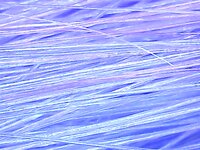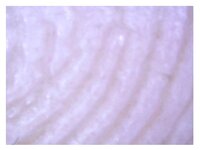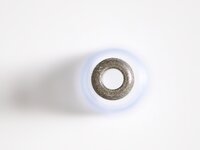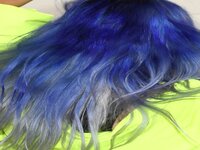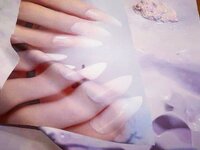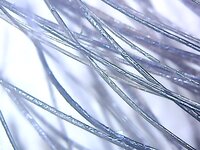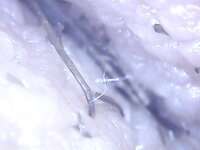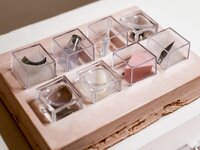CLOSE(UP)TOUCH
Isidor Krsnjavi Gallery
Zagreb, Croatia, 2019
Installation
To best align their faces with the aesthetic ideal (some silly convention forced me to write "socially constructed aesthetic ideal," but what other kind of aesthetic ideal could there be), people have always been willing to subject their bodies to various tortures. Examples of such modifications can be seen in the traditions of tribes where people lived (and sometimes still live) as hunters and gatherers, as well as in the wild nightclubs of the West. Invoking sexual attraction by surrendering to the rhythms of music, immersing in collective trance, or with the help of narcotics are identical in these environments. Our immense desire for sexual intercourse, which is why we engage in such arrangements, is the fruit of genes, self-replicating molecules that want to continue replicating themselves indefinitely. Everything crucial for human reproduction (or that self-replication of genes) was emphasized by our ancestors in figurines of fertility goddesses (we call them after the Roman goddess Venus) with pronounced hips, suitable for birthing as many babies as possible from the womb, and prominent breasts, for feeding that offspring. At this exhibition, two of us artists take you on a journey through the dark paths of human sexuality, taking as motifs precisely those ideals of attractiveness.
Starting with prehistoric Venuses, therefore, is the most logical. Duje Medić reproduces them in pencil drawings, inducing with his skill even in us, modern humans, a desire to return to the bosom of Mother Earth. Martina Miholić, in contrast to him (for a counterpoint to that archaic sexuality), opted for the presentation of modern beauty devices. She exhibited them in a box like relics, pieces of earthly remains of a saint. In addition, Martina closely photographs their effects on her own body, and prints such images on tactile material that evokes our touch, and that touch evokes desire. But, Duje Medić takes us even closer to the secrets of the female body. In addition to ancient fertility goddesses, he displays textures of microscopically captured erogenous zones of a young and fertile girl, a seductive Venus of our days. These drawings, with their gradation of gray, gradual darkening of the surface, and tension between light and dark parts, also arouse our excitement as we try to discern the female neck, breasts, or vaginal lips in the abstract surfaces.
Duje and Martina, as in some strange science fiction novel, take us into the distant past and with technological innovations show us visions of the future, telling us in the process a distressing and astonishing history of beauty, passion, and desire.
Feđa Gavrilović

